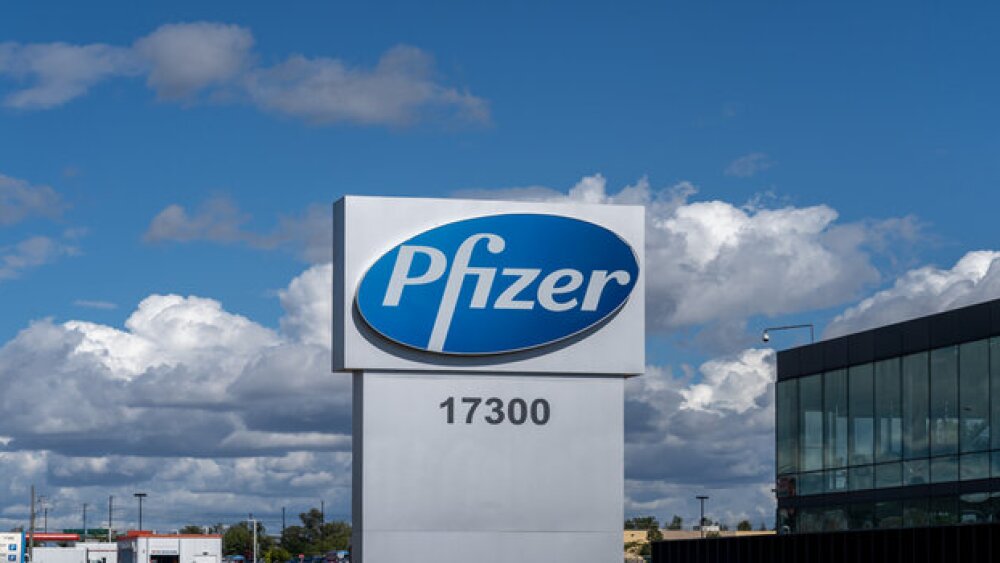A recent report released by accounting and consulting firm BDO showed that over the course of 2023, 13% of life sciences companies may turn to layoffs in response to uncertain economic conditions.
Photo shows professional holding box of work-related items/Getty Images
A recent report released by accounting and consulting firm BDO showed that over the course of 2023, 13% of life sciences companies may turn to layoffs in response to uncertain economic conditions.
This report comes as layoffs in the industry have become a more common occurrence. According to BioSpace’s 2023 Layoff Tracker, 39 life science companies reported layoffs since Jan. 1. Many others have implemented new strategies and restructuring initiatives in an attempt to save cash.
Lance Minor, life sciences national co-leader at BDO, told BioSpace that due to cash shortages, there may be an increase in partnerships and acquisitions. In the same report, 43% of CFOs surveyed said they plan to pursue a collaboration agreement to bring in cash in 2023.
Minor said that for patients, this is a good thing.
Though companies have continued to release promising data, many don’t have the funds to continue their research or move their drugs and therapies through the clinic. Enter big pharma companies.
“We have seen some companies enter a merger because one company has cash and the other has technology,” he said.
He added that many big pharma companies ink partnerships to break into new therapeutic areas and markets. For biotechs with “more obvious, high-quality research” that a big pharma company may feel it’s capable of developing on its own, an acquisition is often the more popular choice.
Pfizer’s $43 billion acquisition of Seagen, is a prime example of this, Minor said. Pfizer stated it expects Seagen’s current 12% year-over-year forecasted growth will expand to over $10 billion in revenue by 2030.
Another timely example is the $2.9 billion deal between Sanofi and Provention Bio finalized Monday morning. Under the terms of the deal, Sanofi will now own the rights to Tzield (teplizumab-mzwv), Provention’s diabetes delay drug. This will boost Sanofi’s position in the diabetes market, which has been under pressure from certain U.S. lawmakers to decrease the price of insulin.
The BDO survey also reported that even with increased layoffs, many life sciences companies are still experiencing a labor shortage. This could be due to a gap in the skills available versus the uptick in recent technological advances across the industry.
“It’s an uneven marketplace,” Minor said. “With the shift in technology and a shift in the need for certain types of specialists, there just aren’t that many people who have been focusing on the new technologies or new science. That’s where we see the challenge is.”
Minor said that the industry-wide decrease in cash flow is largely due to increased interest rates. Because of this, he said, these challenges in hiring, cash flow and innovation are temporary.
“I expect the higher interest rates and the impact on labor to continue through the rest of the year,” he said. “It might not be until next year before that begins to soften a bit and there’s more cash flowing into the industry.”





